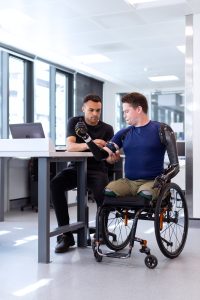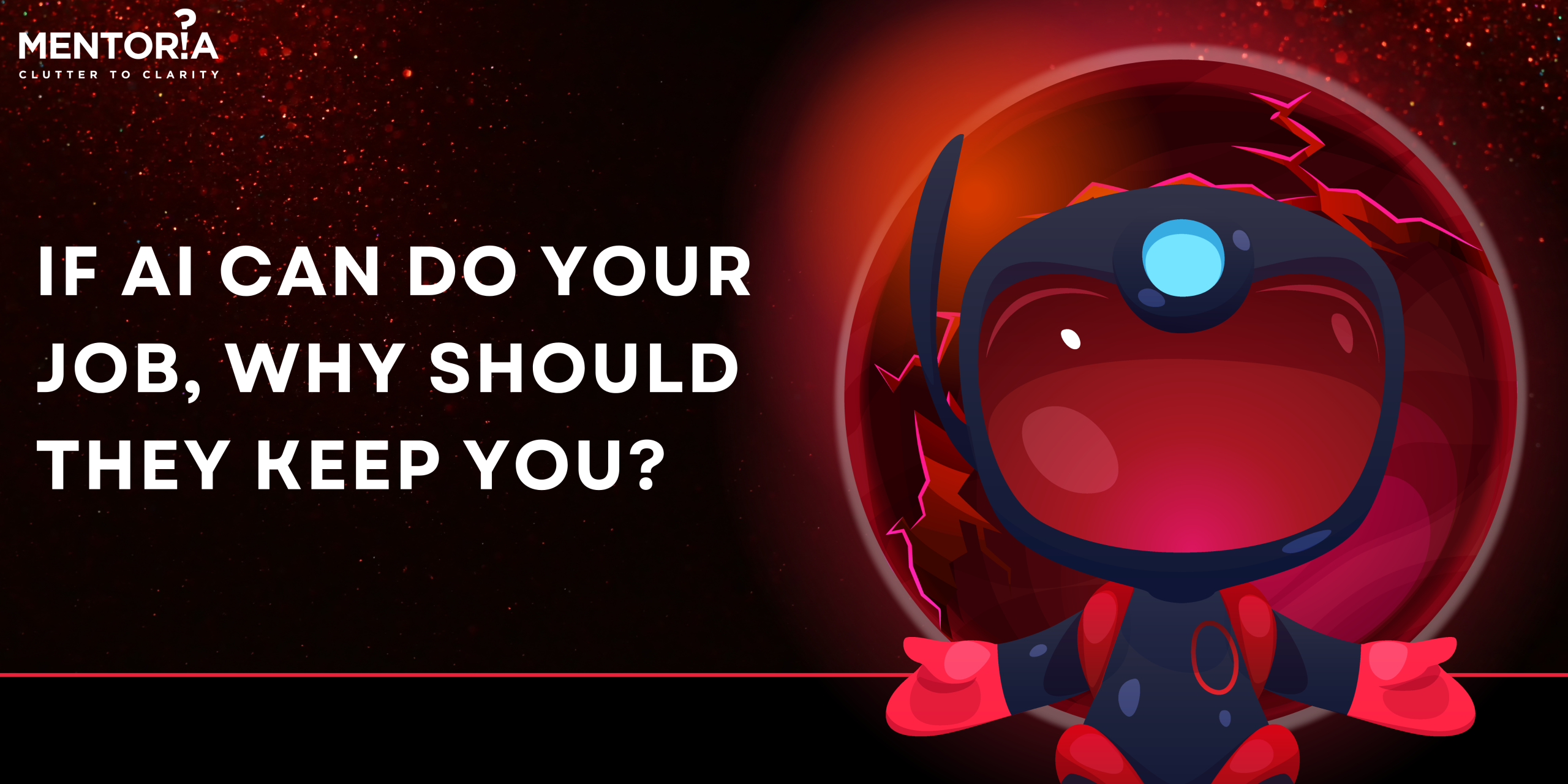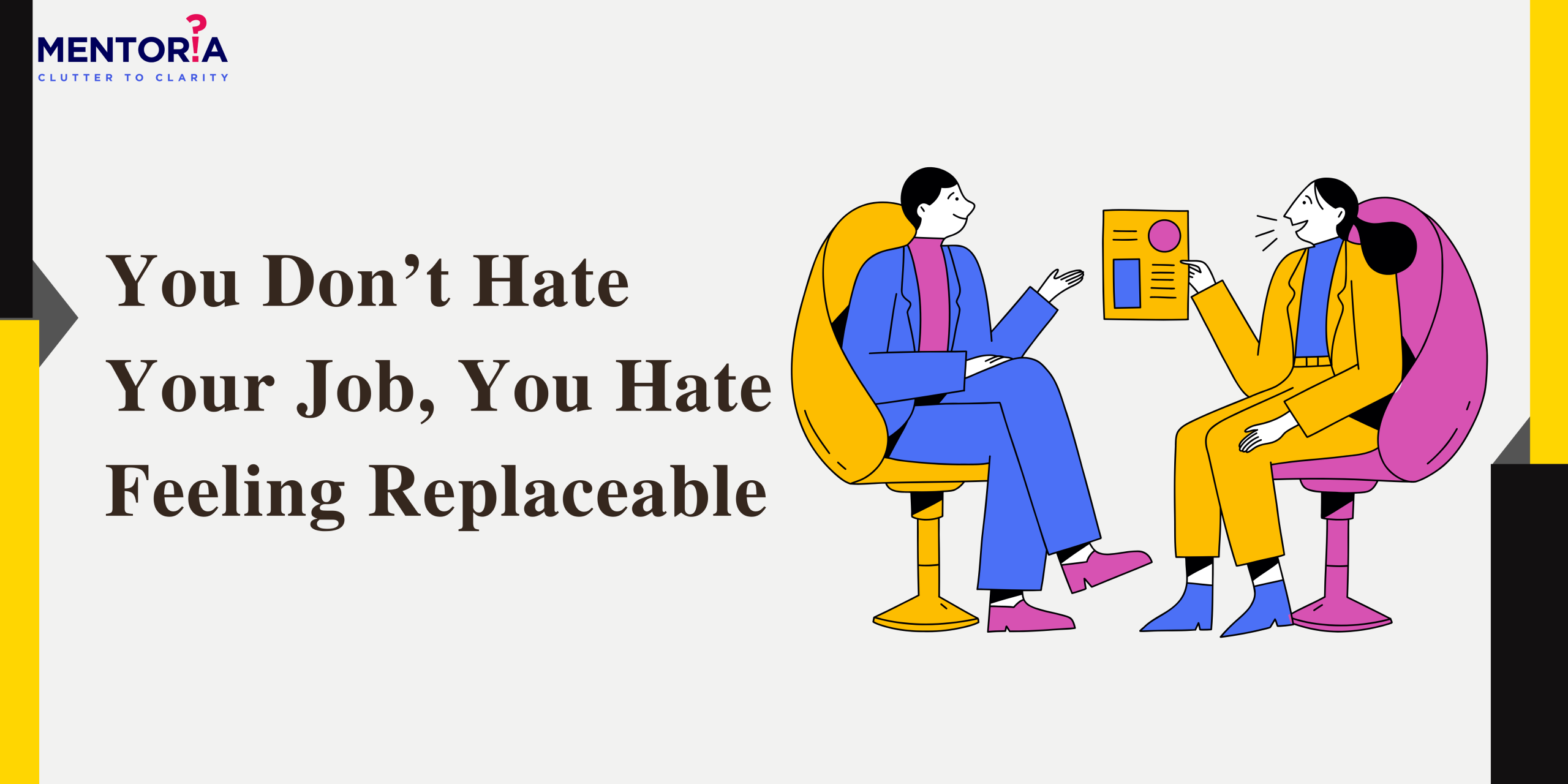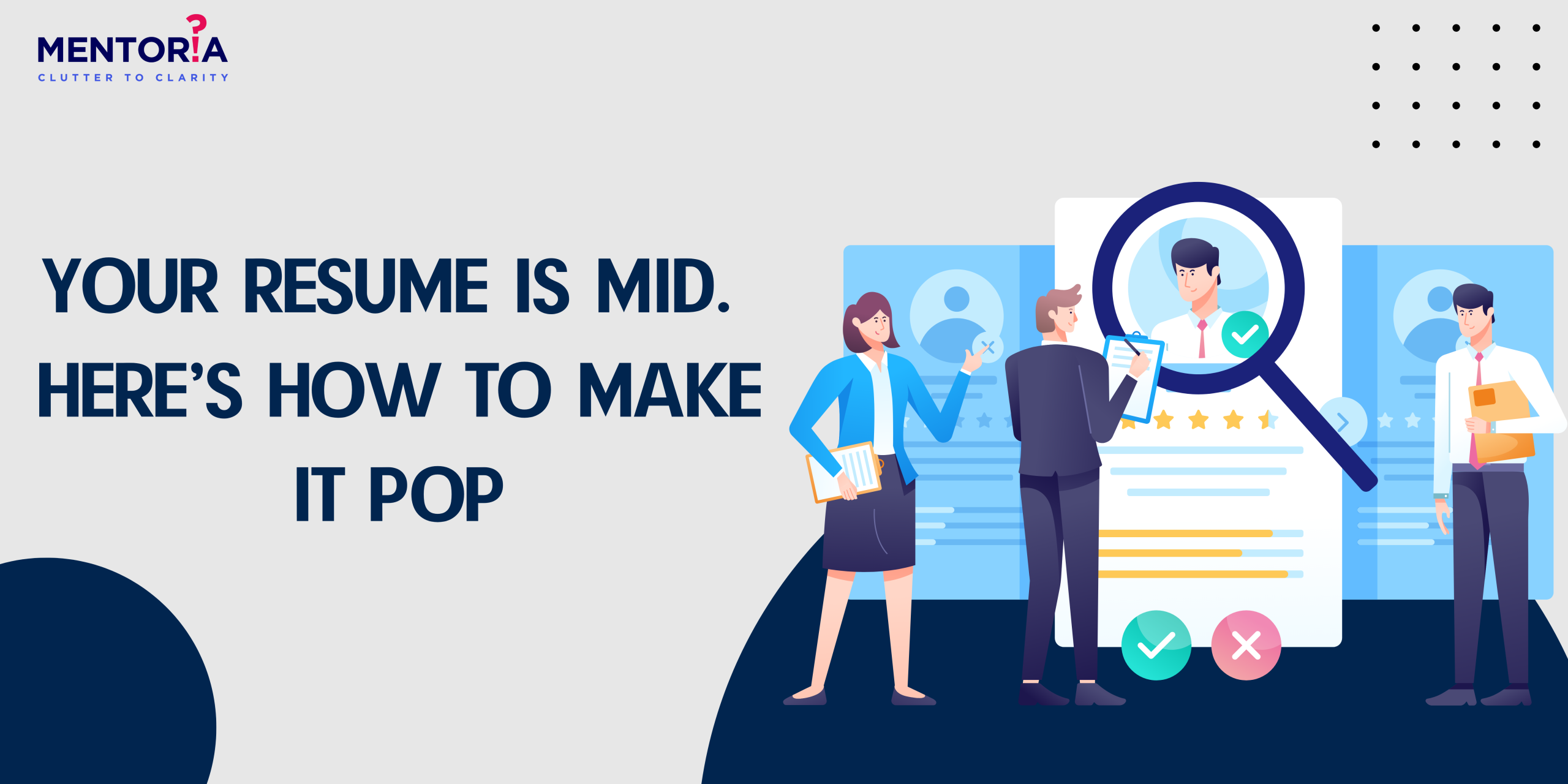Embracing Differences: The Path To A Truly Inclusive Workplace
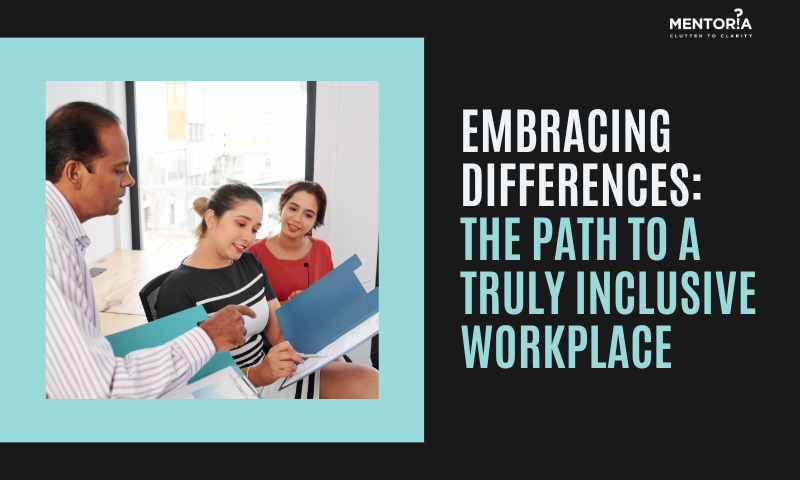
Welcome to the ever-evolving world where diversity and inclusion have become not just buzzwords but end up taking centre stage. While progress has been made in promoting diversity in the workplace, there is still much work to be done, especially when it comes to disability inclusion. Embracing diversity means creating an environment where individuals with disabilities are valued, respected, and provided equal opportunities to contribute their unique skills and perspectives.
In this blog, we will delve into the importance of disability inclusion, explore practical strategies for fostering an inclusive workplace culture, and highlight the numerous benefits that arise from embracing diversity. So, let’s embark on a journey of understanding and learn how we can create a truly inclusive workplace for individuals of all abilities.
The Power Of Inclusion
Inclusion is not just a nice-to-have; it’s a powerful force that drives organisational success and creates a sense of belonging for all employees. When individuals feel valued and respected, they are more motivated, engaged, and productive. Disability inclusion in the workplace goes beyond meeting legal requirements—it’s about creating an environment where everyone has an equal opportunity to thrive. By embracing diversity, organisations can tap into a wealth of unique perspectives, experiences, and talents. This fosters innovation, problem-solving, and creativity, leading to a competitive edge in the market. After all, who wouldn’t want to work in an environment where they’re supported and valued for who they are? Inclusion isn’t just limited to the workplace; it also contributes to social progress by challenging stigmas and advocating for equal rights and opportunities.
Understanding Disabilities
To foster disability inclusion, it’s vital to understand the diverse range of disabilities and their impact on individuals. Disabilities can be visible or invisible, including physical, sensory, intellectual, or mental health-related conditions. It’s essential to recognize that disabilities do not define a person’s worth or abilities. By promoting empathy, increasing awareness, and challenging stereotypes, we can break down barriers that hinder inclusion. It’s crucial to educate employees about different disabilities and encourage an inclusive mindset that values the unique strengths and perspectives that individuals with disabilities bring to the workplace. This understanding fosters a culture of respect, empathy, and support, where individuals feel comfortable disclosing their disabilities and seeking necessary accommodations.
Building A Foundation For Inclusion
Creating an inclusive workplace starts with building a strong foundation based on accessibility, accommodation, and attitude. Accessibility involves removing physical and digital barriers that may hinder individuals with disabilities from fully participating in the workplace. This includes providing accessible facilities, assistive technologies, and inclusive design practices. Accommodation ensures that reasonable adjustments are made to support individuals’ needs and enable their full engagement. This can involve flexible work arrangements, adaptive equipment, or modifications to the physical environment. Attitude plays a crucial role in fostering inclusion by promoting a culture of respect, empathy, and understanding. It involves challenging biases, promoting disability etiquette training, and creating an environment where differences are embraced and celebrated. When accessibility, accommodation, and attitude work together, they lay the groundwork for a truly inclusive workplace where all employees can thrive.
Promoting Inclusive Policies And Practices
In our quest for disability inclusion, it is essential to establish inclusive policies and practices within the organisation. These policies lay the foundation for creating an environment where individuals with disabilities can thrive and contribute their unique talents. Here are some key strategies to promote disability inclusion:
- Flexible Work Arrangements: Recognizing that individuals with disabilities may have diverse needs, offering flexible work arrangements can make a significant difference. This can include options such as remote work, adjustable schedules, and part-time opportunities. By accommodating individual needs, organisations can provide a conducive work environment where employees can balance their personal and professional lives effectively.
- Accessible Communication Channels: Communication is the lifeblood of any workplace, and ensuring accessibility is crucial. Employers should consider providing communication channels that cater to diverse abilities. This may involve offering captioning or sign language interpretation for meetings and events, providing materials in accessible formats, or utilising assistive technologies to enhance communication for employees with hearing or visual impairments.
- Inclusive Recruitment and Hiring Practices: To foster disability inclusion, organisations should adopt inclusive recruitment and hiring practices. This includes removing biases and barriers that may prevent individuals with disabilities from accessing job opportunities. Ensuring that job descriptions and application processes are inclusive, providing reasonable accommodations during interviews and assessments, and actively seeking to diversify the candidate pool are key steps towards building an inclusive workforce.
- Training Programs: Education and awareness play a vital role in fostering disability inclusion. Training programs can help employees gain a better understanding of disabilities, challenge biases, and develop inclusive attitudes and behaviours. These programs can cover topics such as disability etiquette, communication strategies, and creating an inclusive work environment. By investing in training, organisations can foster a culture of empathy, respect, and inclusion.
Shattering Myths And Stereotypes
Stereotypes and misconceptions surrounding disabilities can hinder the progress of disability inclusion. It is crucial to challenge these myths and replace them with accurate information and positive narratives. Here are some common myths about disabilities and the truths that debunk them:
- Myth: People with disabilities are less capable or productive.
Truth: Disabilities do not define an individual’s ability or potential. Many individuals with disabilities have unique talents, skills, and perspectives that can enhance productivity and contribute to organisational success. By focusing on abilities rather than limitations, we can create an inclusive environment where everyone can thrive.
- Myth: Individuals with disabilities require constant assistance.
Truth: While some individuals may require support or accommodations, many individuals with disabilities are independent and capable of managing their responsibilities effectively. With the right accommodations and an inclusive environment, individuals with disabilities can perform tasks just as efficiently as their colleagues.
- Myth: Disabilities are always visible.
Truth: Not all disabilities are visible. Many disabilities, such as chronic pain, mental health conditions, or learning disabilities, are invisible to others. It is essential to be mindful of this and avoid making assumptions about someone’s abilities or limitations based on their appearance.
- Myth: Accommodating individuals with disabilities is expensive and burdensome.
Truth: Accommodations can range from simple adjustments to workplace infrastructure or technology to fostering an inclusive culture. Many accommodations are cost-effective and can be tailored to the individual’s needs. Moreover, the benefits of an inclusive work environment, such as increased productivity and employee satisfaction, far outweigh the costs.
By dispelling these myths and promoting accurate information, we can create a more inclusive workplace that celebrates diversity and provides equal opportunities for individuals with disabilities.
How Mentoria Drives Disability Inclusion
As we conclude our enlightening exploration of disability inclusion in the workplace, it’s important to acknowledge the role Mentoria can play in supporting organisations on their inclusion journey. Mentoria offers comprehensive guidance and resources to help businesses foster an inclusive environment where individuals with disabilities can thrive. Through mentorship programs, training modules, and tailored strategies, Mentoria empowers organisations to create lasting change and maximise the potential of every employee. Together, let’s join forces with Mentoria and champion disability inclusion, creating workplaces that celebrate diversity and inspire greatness.

